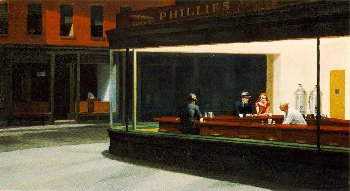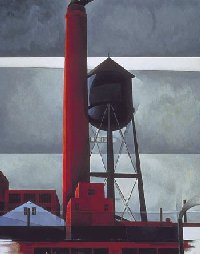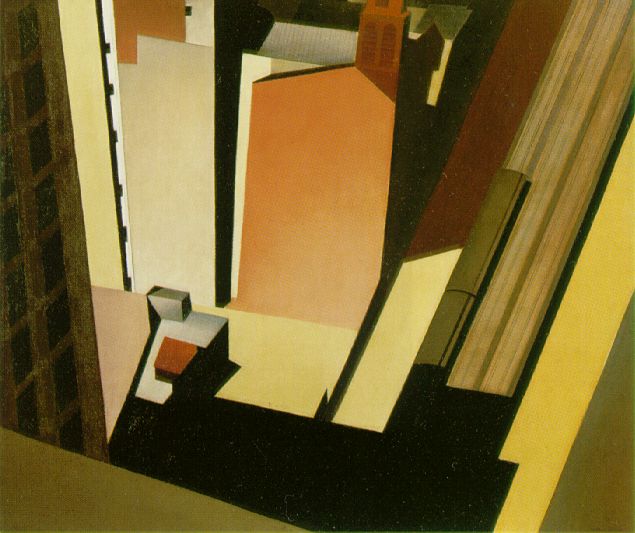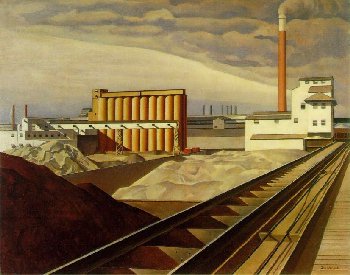 |
||||
|
The Basics of Analyzing a PaintingAs an art student, knowing how to analyze a painting is a fundamental skill you must have. And for the artist, being able to analyze a painting is an integral part of your development. It all begins with understanding and appreciating what goes on in a master artwork. Once you understand what is going on in a great painting, only then can you appreciate art. Why and how is this a significant painting? That is what you should always keep at the back of your mind when analyzing any piece of art. It is only a matter of looking closely and analyzing what you see. For instance, if your formal analysis essay states 'A stunning piece of art,' justify why it is stunning. Here is a step by step process on how to analyze a painting.
Identify the visual elements Visual analysis is very crucial so that you can learn of the visual choices the artist made to draw the painting. And through observation and classifying parts of the picture, you learn about the art as a whole. You analyze a painting through visual literacy. Visual literacy is knowing and responding to a visual image, identifying how the artist reflects or communicates meaning through the artwork. The first thing to do when you encounter a painting is to identify its visual elements. By that, you will be able to analyze what you see objectively. Visual analysis is about what you see: rigid shapes, suggestive lines, circular shapes, dashes, etc. Identify the focal point and other features As you look at the painting, try to determine its focal areas. A focal point is the central area of the painting. What is the artist emphasizing on and what parts has he/she left vague? Where do your eyes settle when you look at the painting? Then, go further and identify how the artist emphasizes that feature or features. A painting can have one or more focal points. If there are more focal points, you will realize that your eyes try to transition between those areas. What direction do your eyes take around the painting Identify the path your eyes take around the painting. To be successful at this, try not to overthink and relax. The direction your eyes take around the artwork gives you an idea of how the artist put it together.
How do different parts connect Every painting has elements that the artist connected for a nice flow and powerful statements that interrupt that flow. Suppose you are painting a turbulent seascape; in that case, you will paint strokes following the water's turbulent movement. Then at some point, the water will hit the rocks, causing an immediate stop that interrupts the initial flow. The abrupt stop creates a powerful statement in the painting. Identify the dominant color scheme Here, you will have to ask yourself a couple of questions:
For instance, you can identify a strong contrast between two colors, a theme of cool shadows and warm lights, a weak or strong saturation. Observe the notan structure The notan structure is the balance of dark and light aspects in a painting. Here you have to use your ability to translate color into value to identify the notan structure. Some paintings have a strong notan structure, while others rely on aspects such as brushwork and color. For instance, impressionists create weak notan designs but compensate them with a harmony of colors. Observing the notan structure helps you identify some patterns not visible at first glance. Is there visible paintwork Observe the artist's paintwork. Try to observe the lightness or thickness of the paint, the variety of strokes, and their direction. You may realize that the artist used thick strokes for the light colors and thin strokes for the darks. That way, you can also determine if the artist used large or small brushes. What message is the artist trying to pass Then, think about what the artist is trying to say through the painting. Ask yourself what was in the artist's mind as they created the artwork. This requires high-level analysis. The meaning could be as simple as communicating an attractive landscape the artist saw. Or it could reflect something more profound.
Ponder over the painting Ponder over the artwork and ask yourself what you would do differently. You can try to point out mistakes to give you a different thought about the painting. It is advisable to question what you see. That is how you learn. Even if there is nothing you would do differently, pondering over the painting is part of the analysis. Conclusion Conclude why you think the artist makes the decisions they made in the painting. If the artwork looks sad or dull, why did the artist create it that way? You may want to apply your understanding of the painting's historical or social context to find out more.
|
|
|||
|
|
||||
|
|
||||



